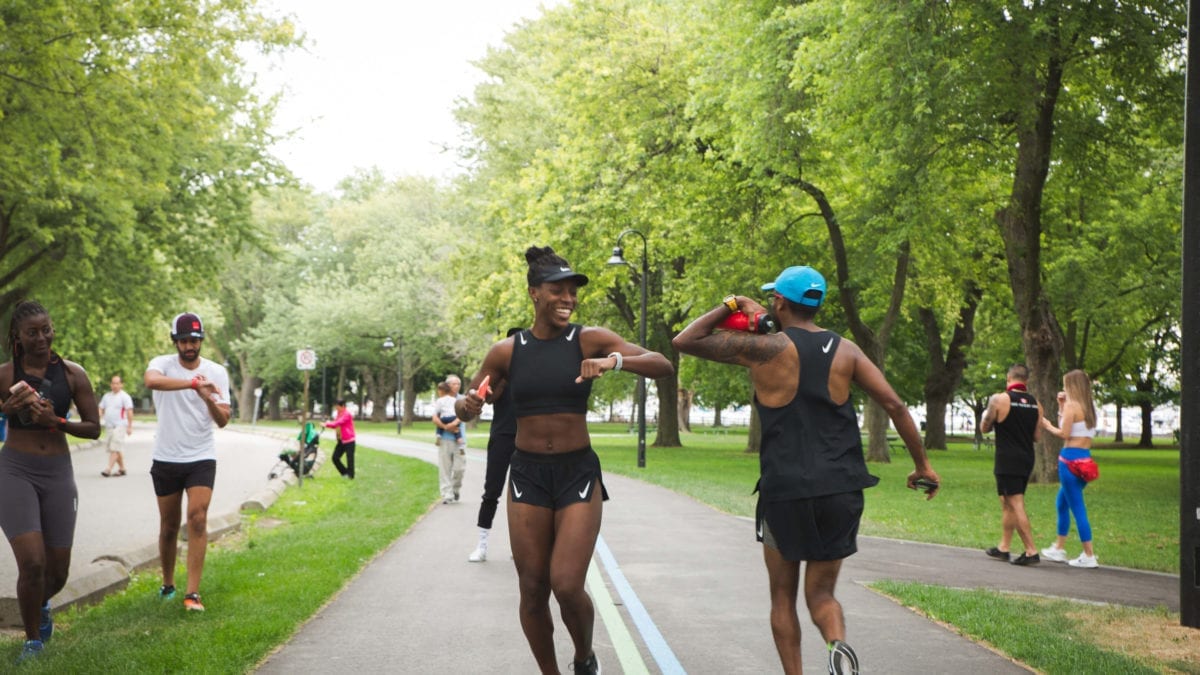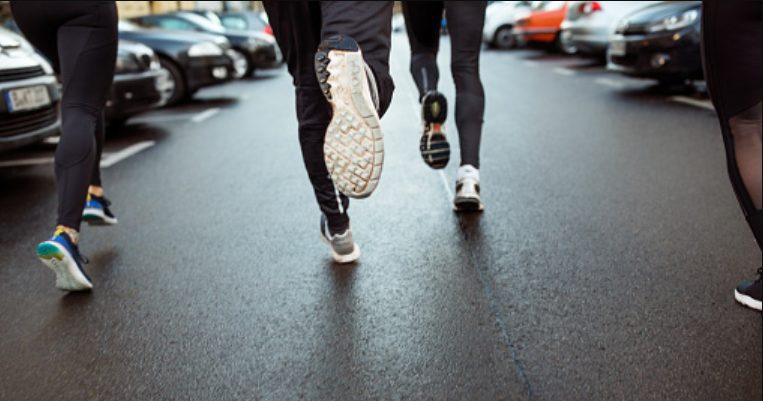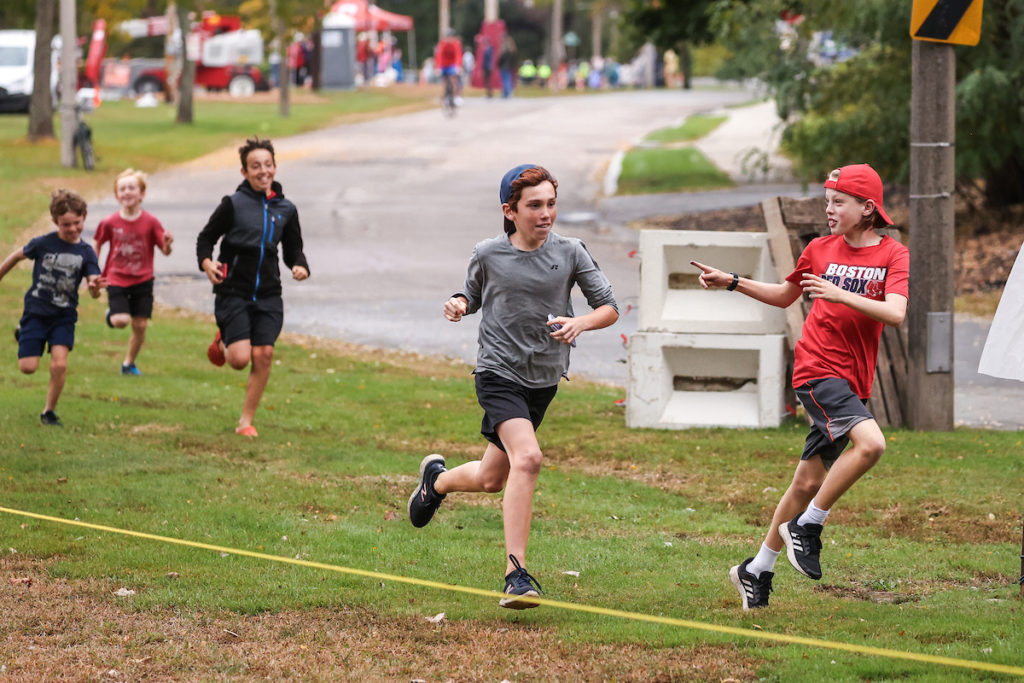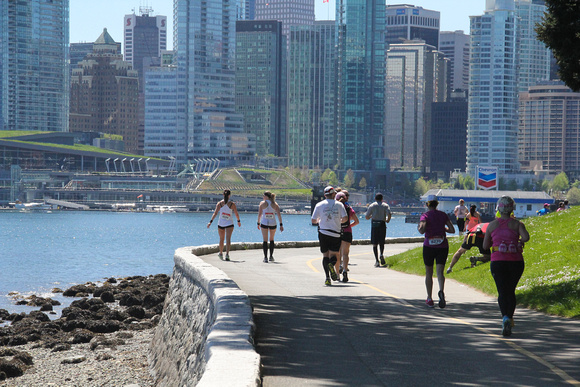Why and when you should use the runner’s wave
Many believe the runner's wave is a rite of passage, but there are times you should avoid it

The runner’s wave is more than an acknowledgement of mutual respect between runners. It’s a greeting between two individuals who share a camaraderie and passion for the sport. Many use the wave as a sign of safety or as a friendly gesture, but during the pandemic, runners became familiar with the hand gesture as a form of social interaction.

While most runner’s waves share similar characteristics—a short, direct, concise, rasing of your four fingers and the wrist as a runner passes. Others have a somehow distinct or signature wave that is part of their identity.
My personal favourite consists of throwing up a peace sign, plus a smile. I do find that there’s a time and place for the wave, and I will choose to use it if I’m out early in the morning or on an easy run.
When to wave
If you are out on the trails on your own or with a group, the runner’s wave is a greeting of safety for the oncoming runner as a sign saying it’s all clear up ahead. When trail running, you have to be cautious of the footing and your surroundings, especially trails that are also used by mountain bikers. The wave indicates that everything is OK and that there are no problems ahead on the trail.

If you are out on a run at dusk or dawn (anywhere), the wave is commonly used as a friendly “hello” or an “I am letting you know I’m here.”
Lastly, if another runner waves at you and you saw them, you should wave back. This wave is the most common exchange between runners who share a mutual respect for the sport.
When not to wave
This is an unpopular opinion, but once the sun goes down… runner’s waves should as well. It’s better not to catch other runners off guard in the dark. Just let them do their own thing. Men, if you see a woman running on her own, give her space and wait for her to wave first.
If the oncoming runner isn’t making eye contact with you, don’t force a wave. It’s awkward, and not everyone wants the wave. If the runner is tuned in to their music or doing a speed workout, their attention is probably not on returning the hand gesture. Again, eye contact is everything.

If you are on a popular city running path, like Vancouver’s seawall or Toronto’s Martin Goodman Trail and it’s broad daylight, keep the wave in your back pocket unless you see someone you know. During the day, these trails are generally packed with other runners. Waving to every runner you pass could come off a tad strange, and will definitely get tiring.



